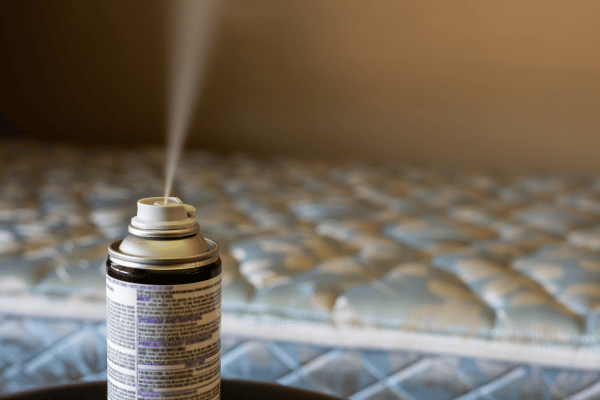- Home
- Rabbit Trapping
- Types of Rabbits
Types Of Rabbits
This post may contain affiliate links so I earn a commission.
There are many different types of rabbits throughout the world.
From the common cottontail rabbit in North America to a domesticated pet rabbit shown at a local 4-H event, rabbits seem to be everywhere.
In captivity, rabbits have been bred to fall into categories which are determined by their body type.
Although this may sound confusing at first, it's a great way to establish breeds among so many different individual rabbits.
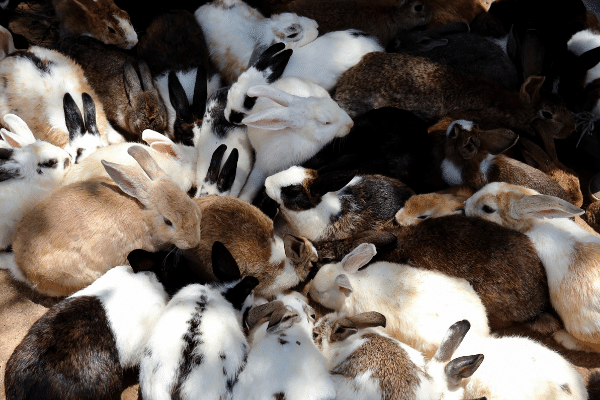
Rabbit breeds can also be broken down into specific sub categories such as the type of fur they have and the intended purpose of the rabbit.
There are three specific "specialty" types of fur a rabbit can have.
A satin coat which is soft and glossy, the Rex which is velvety and short, and finally the wool type which is well known in the Angora breed.
Aside from the specialty types of fur the "normal" fur classification describes a majority of domestic and wild rabbits that have a variety of different colors in their coat.
5 Body Types Of Rabbits - Fully Arched
There are 5 main body types that rabbits have.
The first body type is called Fully Arched which is basically what you would picture a jackrabbit to look like.
This body type is associated with fast, zippy rabbits that are ready to run such as the Belgian Hare.
The Fully Arched rabbit has a back arch that starts at the base of the neck and only starts to curve around the rump.
These rabbits usually have the normal rabbit fur type which is short and falls back into place easily.
Semi Arched Body Type
The next classification is the Semi Arched, which includes the Flemish Giant, English Lop, Beveren and a few others.
Many of the rabbits in this category tend to be on the larger side and have multiple purposes as a breed.
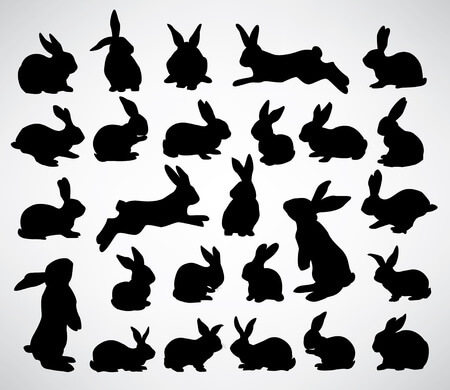
In fact, the Flemish Giant can grow up to fifty pounds!
Usually, the Semi Arched rabbits fall into the normal fur type.
Types Of Rabbits - Commercial
The Commercial body type usually includes the breeds that are used for food production and their fur.
They're well muscled and resemble the classic rabbit shape of a half circle.
An example of a Commercial rabbit would be the Rex which are well known for their specialty fur type that is vey soft, almost like velvet.
They could also be used for meat and like most of the recognized breeds they can be shown.
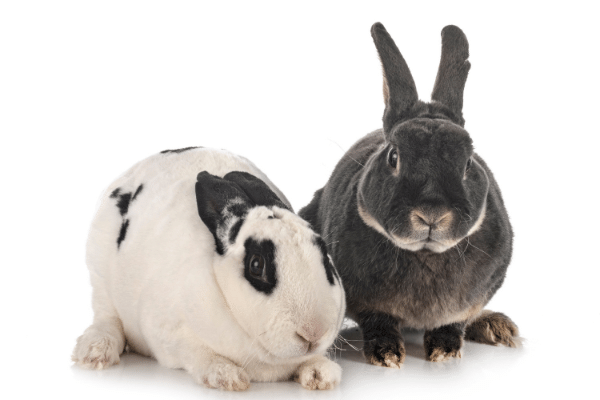
As a previous Rex owner, having a commercial rabbit meant I had to be careful with her diet.
She would gain weight very easily if fed a diet too high in sugar.
The rabbits in this category have a variety of fur types.
Compact Rabbit Body Type
The Compact body type usually includes small to medium/small sized rabbits.
They are bred to look very round and cute.
A dwarf rabbit such as the Dwarf Hotot is considered a good example of this body type since its appearance resembles a small, cute and ball shaped rabbit.
Compact rabbit types are usually show animals or used for their fur which can come in a variety of fur types.
Types Of Rabbits - Cylindrical
One breed of rabbit that's recognized by the American Rabbit Breeds Association (ARBA) has a very special body type called Cylindrical.
The Himalayan rabbit is the only rabbit within this category.
It has a very straight and flat spine and when they're shown or posed, they should be laid out in a cylinder shape on the show table.
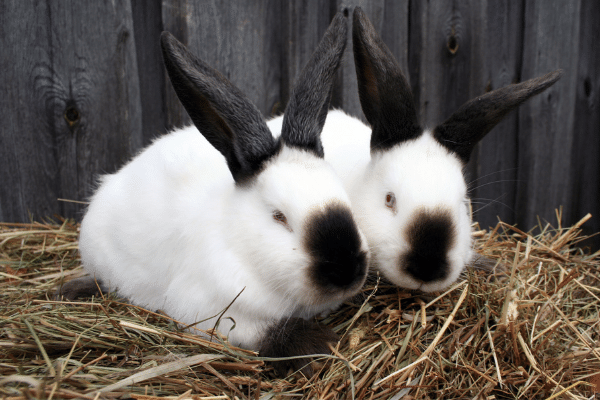
The Himalayan makes a great show rabbit because they're known to be very laid back.
This quality also makes them a great pet.
They generally posses the normal rabbit short hair type.
Wild Rabbits
Compared to domestic rabbits, the body types of wild rabbits are not as varied and mainly differ due to environmental factors and which region the come from.
However, the Fully Arched and the Commercial body type are the closest resemblance to the shape of most wild rabbits.

